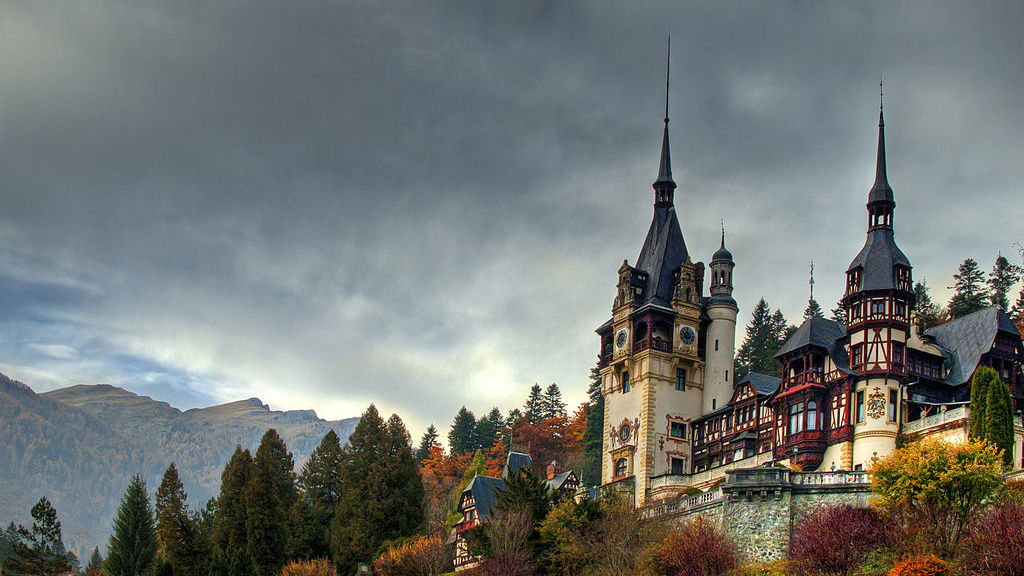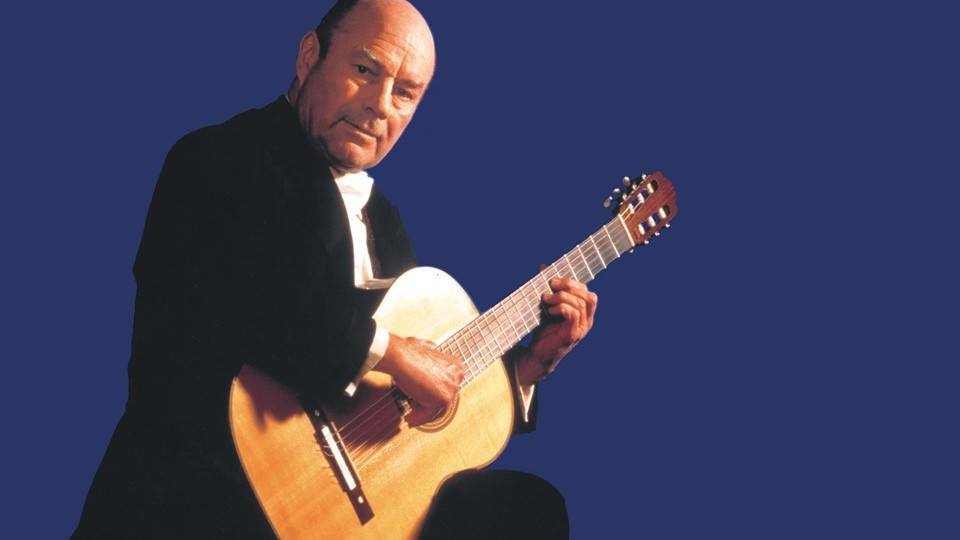Charlie Parker at 100
Tomorrow marks the 100th anniversary of the birth of Charlie Parker (1920-1955), the American jazz saxophonist and composer. Nicknamed “Bird,” Parker grew up in the thriving Kansas City jazz culture of the 1930s where all night sessions featured such musicians as Count Basie, Lester Young, and Mary Lou Williams. Along with Dizzy Gillespie, he is credited with the birth of bebop, an uptempo style characterized by intense virtuosity, complex harmonic progressions, and …







